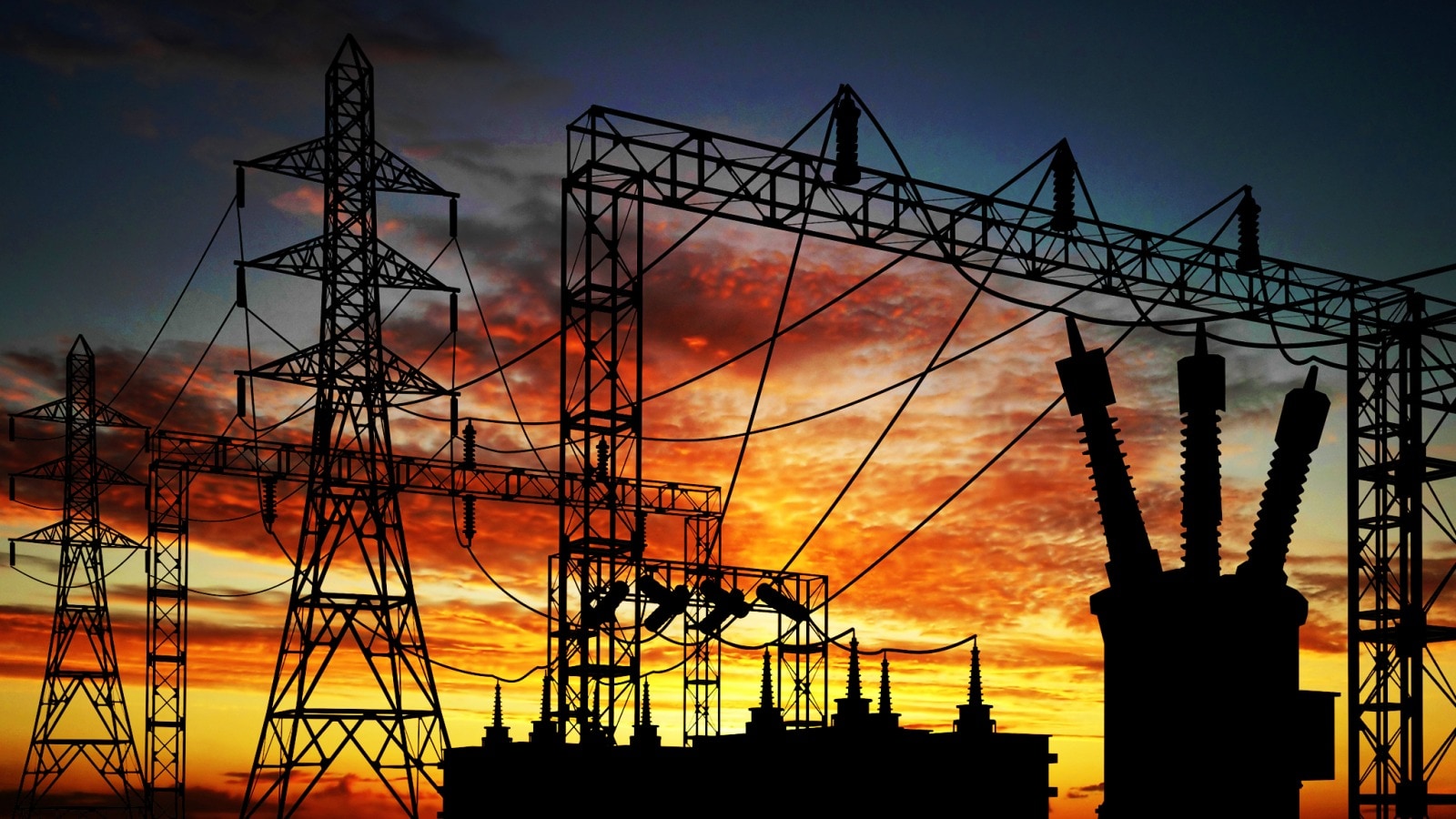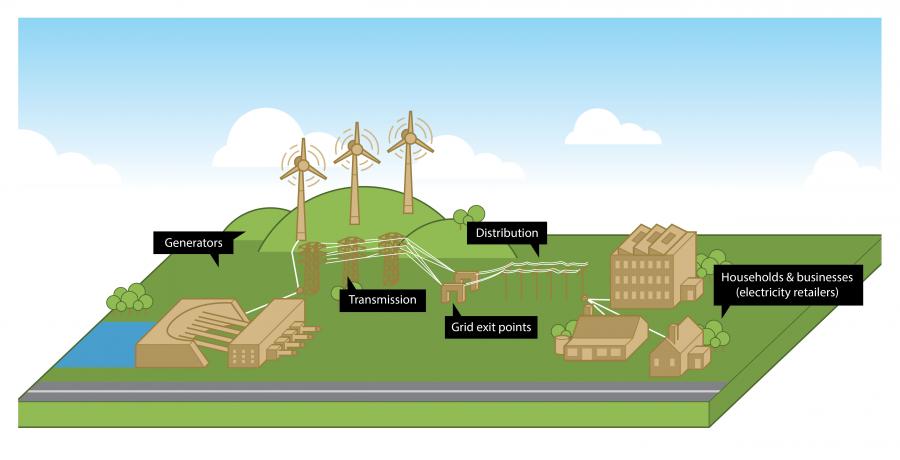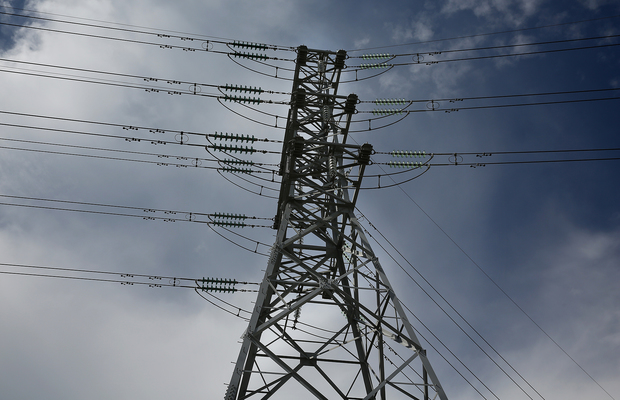
Latest Electricity Authority poll results
The latest poll from the Electricity Authority show confidence in the electricity industry is low.
Only 41 per cent of consumers gave the industry a score of more than "five out of 10", when asked whether they thought the electricity market ensured electricity was generated and supplied efficiently. The most negative response since the authority began polling consumers in 2011.
Only about a quarter of those polled thought that the current level of competition between electricity retailers ensured the prices they paid only rose in line with electricity companies' costs. And about the same thought the right mix of power stations would be built in time to meet growing demand for power.
"Performance of the electricity industry across all six key aspects tested dropped from the highs in 2017", pollster UMR said. The pool was done by UMR in March and was only published by the Electricity Authority on Tuesday this week.
The Electricity Retailers Association (ERA) noted that while the UMR survey showed "a fall in some measures" since the survey was last conducted in 2017, the polls analysis noted that was mostly due to respondents giving neutral or unsure responses.
Nearly two-thirds of those polled gave a score of more than 5 out of 10 when asked if they were competitive, which was a better result than for banks and petrol companies. "We have one of the world's leading energy systems in terms of price, resilience and sustainability, with the 10th cheapest electricity in the OECD and a very reliable supply of electricity," chief executive Cameron Burrows said.
"That's partly down to New Zealand's abundant natural resources and it's also a result of a well-functioning electricity market that fosters competition and innovation," he said.
Figures from the Electricity Authority also showed smaller retailers gaining market share against the big five, Burrows said. "That's great for customers to have power companies compete by keeping prices as low as possible."
To check you are on the best plan for you, Use Switchme’s free online comparison calculator to get the best energy rate. Contact us today for more details!
The link to the results is as follows - https://www.ea.govt.nz/dmsdocument/26251-general-public-report-april-2019
- 64% believed electricity retailers were competitive, down 9%
- 44% rated reliability of supply as ‘good’, down 15%
- 41% rated ‘electricity is generated and supplied efficiently as ‘good’, down 18%
- 26% rated ‘competition between retailers ensures prices paid rise in line with costs’ as ‘good’, down 6%
- 24% rated ‘competition among generators ensures efficient power stations are built’ as ‘good’, down 10%
- 34% rated enough electricity to meet ongoing needs as ‘good’, down 9%
- 25% rated the market ensuring the right mix of power stations as ‘good’, down 13%








